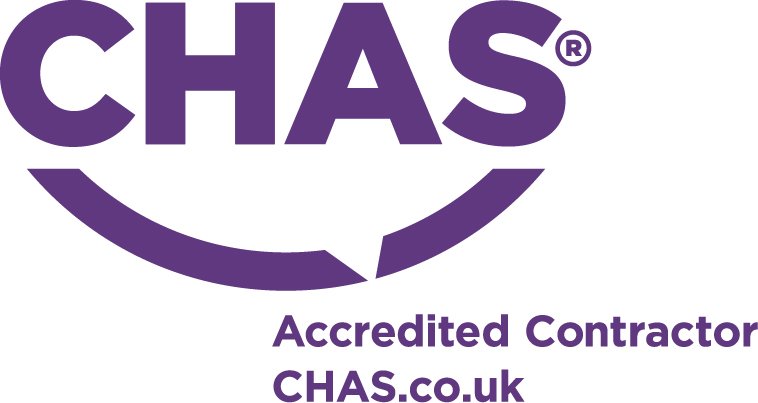Embark on Your Learning Journey with an Asbestos Awareness Course Online
Embark on Your Learning Journey with an Asbestos Awareness Course Online
Welcome to the world of asbestos awareness course online, where knowledge meets convenience in the realm of asbestos safety education. In this article, we'll explore the ins and outs of asbestos awareness courses available online, why they are essential, what they cover, and how they empower individuals and professionals to stay safe in environments where asbestos may be present.
What is an Asbestos Awareness Course Online?
An asbestos awareness course online is a specialised training program designed to educate participants about the dangers of asbestos exposure and how to handle asbestos-containing materials safely. These courses are accessible through online platforms, offering flexibility and accessibility for learners.
The Importance of Asbestos Awareness Courses Online
Asbestos, once hailed for its fire-resistant properties, is now known to pose significant health risks when disturbed. Inhalation of asbestos fibres can lead to serious respiratory diseases, including lung cancer and mesothelioma.
Asbestos awareness courses online play a crucial role in educating individuals about the risks associated with asbestos exposure and the importance of proper handling and management. Whether you work in construction, maintenance, or any other industry where asbestos may be present, this knowledge is essential for protecting yourself and others.
What Does an Asbestos Awareness Course Online Cover?
An asbestos awareness course online typically covers a range of important topics, including:
1. Health Risks of Asbestos Exposure
Learners gain an understanding of the health hazards associated with asbestos exposure, including respiratory diseases and cancer.
2. Identification of Asbestos-Containing Materials
The course teaches participants how to identify materials that may contain asbestos and where they are commonly found.
3. Safe Handling and Management
Participants learn best practices for safely handling asbestos-containing materials and measures to prevent exposure.
Frequently Asked Questions (FAQs)
1. Who should take an asbestos awareness course online?
Anyone who works in an environment where asbestos may be present, including construction workers, tradespeople, and building owners, should consider taking an asbestos awareness course online.
2. How long does an asbestos awareness course online take to complete?
The duration of the course can vary depending on the program, but most can be completed in a few hours.
3. Is certification provided upon completing an asbestos awareness course online?
Many online courses offer certification upon successful completion, which can serve as proof of completion and knowledge in asbestos awareness.
Empower Yourself with Asbestos Awareness Course Online
An asbestos awareness course online is not just about ticking a box; it's about gaining the knowledge and skills needed to protect yourself and others from the dangers of asbestos exposure. By investing in your education, you contribute to safer workplaces and healthier communities.
To start your journey with an asbestos awareness course online and to learn more about staying safe in asbestos-related environments, visit UK Asbestos Specialists. Your safety is their priority.





